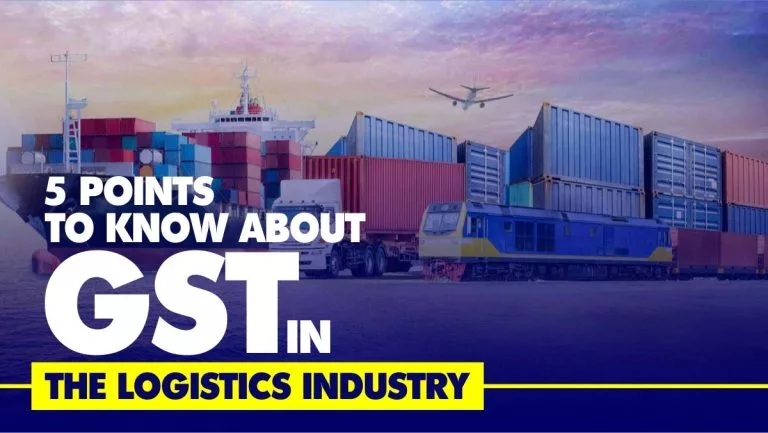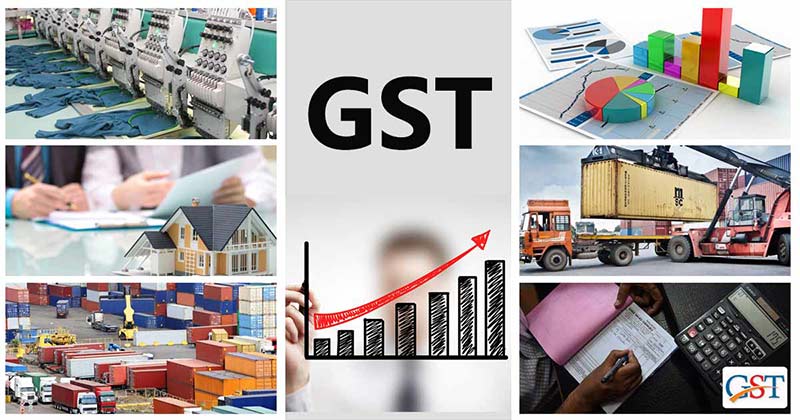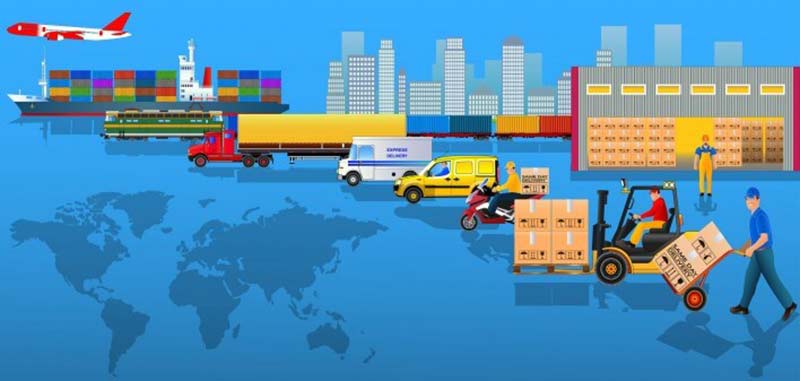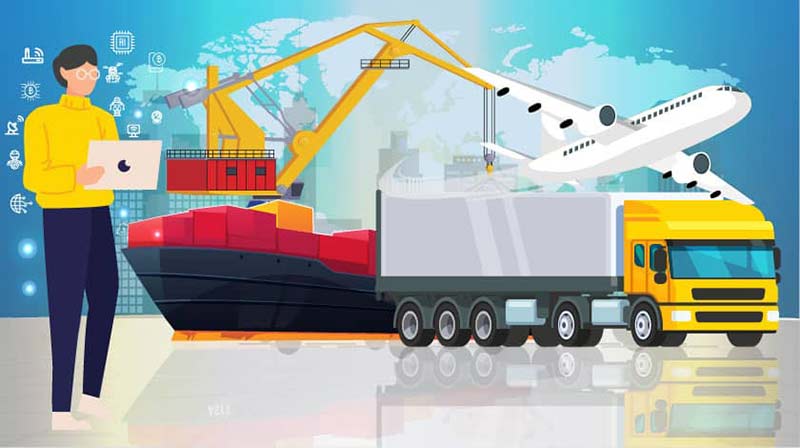
The introduction of India’s Goods and Services Tax (GST) has significantly impacted the logistics industry. It has eliminated multiple tax layers, reduced trade barriers, minimized fleet downtime, unified warehouses, improved compliance, and simplified tax payments through digital methods. Additionally, it has increased transparency and reduced costs in the logistics sector.
Logistics plays a crucial role in connecting people and businesses. It acts as a bridge between producers and consumers, facilitating the movement of goods through a vast network of supply chains using air, sea, and road transportation.
The distribution of goods and services has experienced significant changes due to the implementation of GST in recent years, and this blog will explore those changes.
Transformations and Prospects in the Post-GST Era.
The implementation of GST brought a unique idea of a unified tax for goods and services across states, eliminating variations between them. In contrast, VAT imposed taxes on goods at each state border, leading to different tax rates and cascading effects.
Under the GST system, interstate trades are subject to integrated GST (IGST), while intra-state trades are charged with State Goods and Services Tax (SGST) and Central Goods and Services Tax (CGST).
GST has introduced numerous tax changes, compliance requirements, exemptions, and levies, resulting in a more effective and efficient taxation system. GST has impacted logistics sector in following 5 ways:

1. Fewer Trade Obstacles
Trade involves the exchange of goods and services between different points, either within a country or across borders.
In India, due to its diversity, trading products from the north to the south requires crossing multiple state borders, resulting in the need to pay taxes for each border crossing. This drawback creates obstacles to trade and impacts the nation’s economy negatively.
However, GST has overcome this issue of multiple tax payments or the cascading effect of taxes (tax on tax). It has enhanced compliance across states and contributed to stabilizing the country’s economy.
The cascading effect, a major trade barrier, has been eliminated by the GST system, and online payment options have been introduced. In addition, digital payments have facilitated faster and more efficient payment processes, unlike the offline methods used in VAT, which were slower.

2. Reduction in Downtime
Downtime refers to the situation when vehicles come to a halt. This can occur due to delayed service, inadequate maintenance, collisions, breakdowns, etc.
Apart from unplanned downtime, companies may also schedule planned downtime for their fleets. The reason behind such planned downtime is primarily related to tax charges. In the pre-GST era, under the VAT system, high and inefficient tax payments resulted in reduced nationwide trade, negatively impacting the economy.
However, the implementation of GST has made tax charges more affordable. Fleets no longer have to pay taxes at every state border, significantly reducing fleet downtime. This change has facilitated the increased movement of fleets across states for trade, thereby positively contributing to the nation’s economy.

3. Amalgamation of Warehouse
In any trade, the journey begins with the producer or manufacturer as the point of origin and concludes with the consumer as the endpoint. However, can products be traded immediately after manufacturing?Certainly not.
The products must be examined on various factors, appropriately packed, and stored in a designated location before the distribution process begins. These storage facilities for goods before distribution are known as warehouses.
Warehouses serve as large, spacious storage areas where goods are stored for a certain period before being transported to their intended destinations, typically by trucks or other means of transportation. Consequently, warehouses play a vital role as an essential component of the supply chain.
4. Increase in GST Compliance
Following a regulation is essential in any business to establish systematic guidelines. The logistics industry, in particular, adheres to a set of rules and regulations called compliances, which regulators assign to ensure the smooth conduct of trade.
As we mentioned earlier, GST has significantly reduced fleet downtime, leading to gradual growth in the industry. Consequently, GST compliance requirements have also increased to ensure seamless adherence to regulations.
Logistics companies must comply with the regulations set by the country for the logistics route. Therefore, it is important to know Gross Domestic Product compliance policies and stay updated on effective regulatory standards, including any new regulations that may arise.

5. Drop in Logistics Charges
Certainly, transportation expenses encompass various factors, such as fuel usage and tax payments. However, in such cases, higher wheel movement translates to covering more distance, which proves profitable for companies.
Before the introduction of GST, time-consuming clearance procedures and cascading tax effects resulted in limited fleet movement. This increased the logistics costs significantly, making it cost-ineffective for manufacturers and producers.
However, the post-GST era has brought about a remarkable change. The movement of goods has increased so consumers can receive goods at lower prices while producers generate profits. This positive shift is primarily attributed to decreased logistics costs, as fleets no longer have to pay taxes at every state border cross.
Summary
The implementation of GST has brought about a significant transformation in the Logistic sector, elevating them to become vital regulators and pivotal points for trading, offering improved and quality services.
While the GST reformation has introduced numerous benefits, it has downsides and loopholes. For example, fake input tax credits and GST invoice fraud have been reported.
